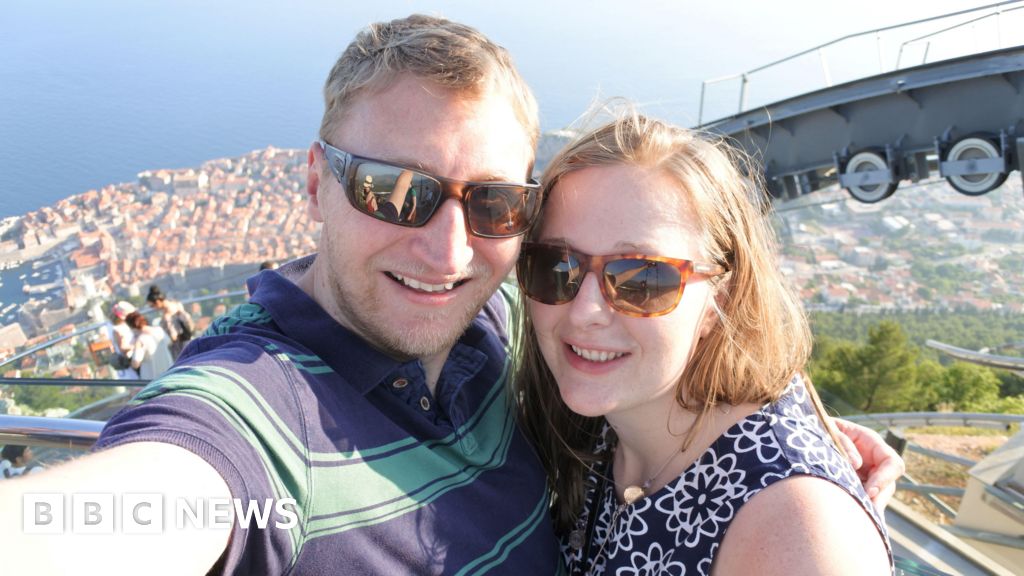A team of Rice University bioengineers has developed a mathematical model that clarifies why interleukin-12 (IL-12) — a potent immune-boosting protein that holds promise for cancer treatment — loses effectiveness over time when used as an immunotherapeutic. The research challenges long-held assumptions about IL-12’s behavior in the body and offers a path toward safer and more effective dosing regimens.
“IL-12 has a lot of potential for cancer immunotherapy, but dosing it effectively has proven very difficult and a key reason why IL-12 therapies have struggled to achieve hoped-for results in clinical trials over the past 30 years,” said Oleg Igoshin, a professor of bioengineering and chemistry and associate chair of the Department of Bioengineering.
IL-12 belongs to a class of proteins known as cytokines that immune cells use to communicate with each other to coordinate the body’s defenses against antigens. In theory, IL-12 could be used to help the body recognize cancer cells as harmful and boost the immune system’s capacity to target and break down tumors. In practice, however, not only do blood IL-12 levels decrease over time despite steady dosage, but also the strength of the IL-12-induced immune response is gradually dampened. This phenomenon is known as desensitization.
“Understanding IL-12 desensitization is essential for figuring out how to develop a successful IL-12-based immunotherapy,” said Jonathon DeBonis, a Rice Ph.D. student in bioengineering in the Cellular Systems Dynamics Lab led by Igoshin.
DeBonis said the two most prevalent hypotheses for how IL-12 desensitization occurs are that with each repeated dose, the protein either clears from blood faster or less of it actually reaches the blood. The distinction is important for designing dosing regimens, so the researchers built mathematical models to predict IL-12 levels under each scenario then compared model outputs to clinical trial data.
“The second hypothesis is far less commonly proposed in the literature, and we are the first to illustrate that it is, in fact, the more likely scenario,” said DeBonis, who is the first author on a study about the research published in CPT: Pharmacometrics & Systems Pharmacology.
The team’s findings challenge the long-standing assumption that desensitization results from the body clearing IL-12 from blood more efficiently over time. Instead, their model suggests that repeated IL-12 doses cause immune cells in the lymphatic system to develop more IL-12 receptors — areas on the cell surface that bind to the protein — causing these cells to essentially hoard IL-12 before it has a chance to make it into the bloodstream, where it could activate a greater number of immune cells and thus set off an enhanced, cascading immune response.
“This carries significant implications for IL-12 therapy design,” DeBonis said. “Ultimately, our goal is to develop an algorithm that can accurately predict exposure to IL-12 throughout the body over time. That would be valuable for designing therapies that minimize exposure in the blood while keeping IL-12 levels high at the tumor site.”
In the next phase of its research, the team plans to expand the model further to predict more nuanced immune responses to IL-12, an addition that could bring the researchers closer to creating adaptive, real-time dosing mechanisms. This work is part of a broader vision among the research team to optimize biologic therapies, a class of drugs that includes IL-12 and is derived from biological sources like cells, proteins, antibodies and hormones.
“Future treatments could eventually make it possible to have personalized, on-site medication production to treat cancer and other diseases,” said Omid Veiseh, professor of bioengineering, Cancer Prevention and Research Institute of Texas Scholar and director of the Rice Biotech Launch Pad. “For this vision to become a clinical reality, we need better predictive tools and sense-and-response mechanisms to guide dosing over time.”
DeBonis acknowledged computational support from Rice’s Center for Research Computing (CRC), which enabled the team to process greater amounts of data in less time.
“A lot of the data fitting and optimization we do is computationally expensive,” DeBonis said. “By sending labor-intensive tasks to the data cluster, we could run tests and validate results faster, enabling us to iterate quickly and refine our models.”
The research was supported by the Welch Foundation (C-1995), the Advanced Research Projects Agency for Health (AY1AX000003) and a National Science Foundation (1338099) award to Rice’s CRC.


